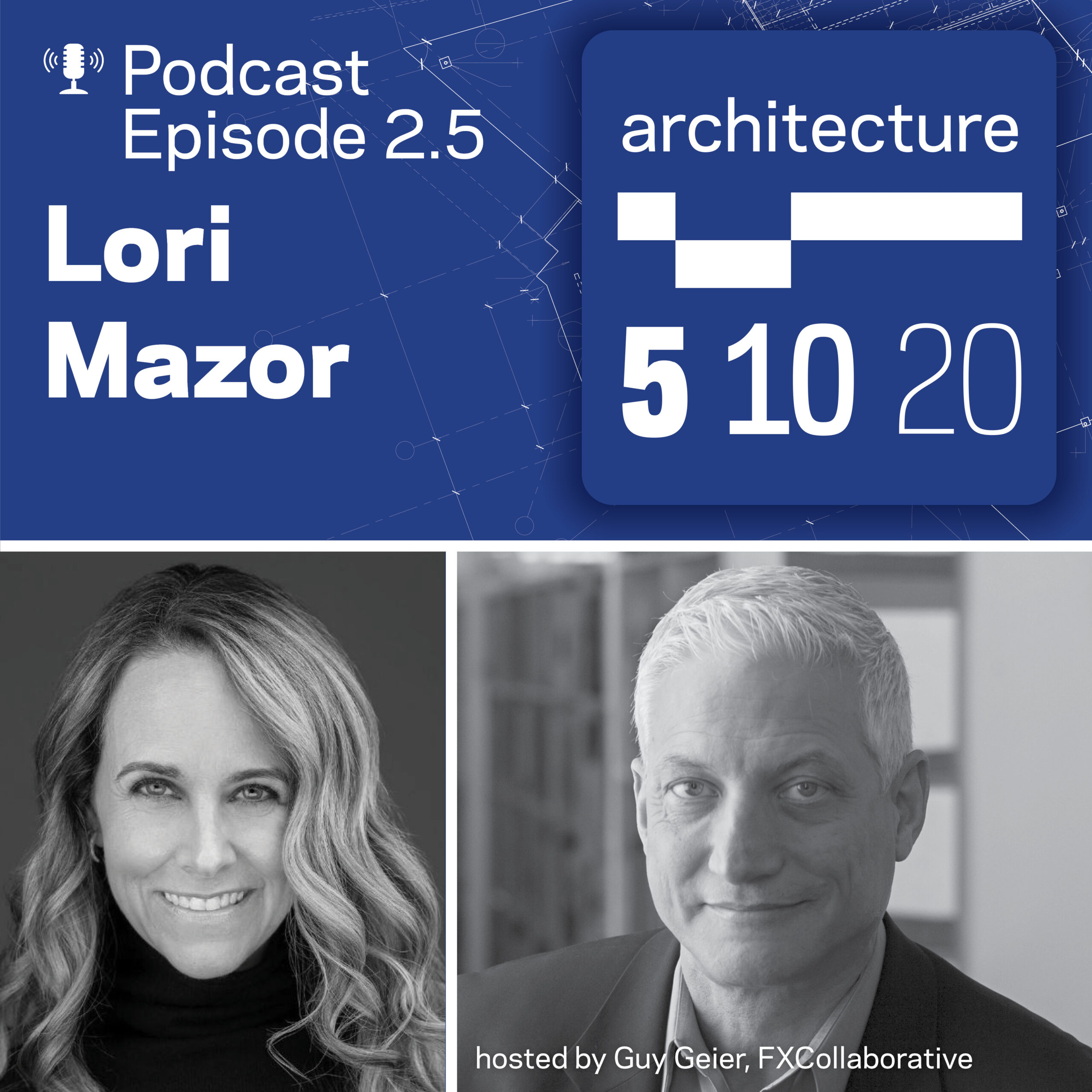Many factors are taken into account when designing a building, including the energy performance. Architects have the opportunity to work hand in hand with collaborators who specialize in monitoring and predicting energy efficiency, and vice versa. Through these collaborations, energy modeling is able to evaluate the physics of heat transfer in buildings and how energy performance varies in certain conditions.
Welcome to the inaugural season of Architecture 5 10 20! I’m your host, Guy Geier, Managing Partner of FXCollaborative Architects in New York. Guests from a wide range of backgrounds and experiences related to the built environment will come to share their thought leadership. Our conversations will start with understanding how they arrived at what they’re doing now. More importantly, we will focus on discussing their vision for the future, looking out 5, 10, and 20 years.
Today, we’re joined by Dan Nall, an expert and consultant in energy modeling and energy efficiency in buildings. Dan has been in this field since 1977 and has seen the evolution of materials, technologies, and strategies that optimize building energy performance. He has extensive knowledge in computer analysis and computational fluid dynamics after years of major projects in the industry.
Listen to Dan speak about how building efficiency and decarbonization have become ever more critical to the future of the built environment. He recalls the technologies from earlier in his career, then shares his experiences on how this field has progressed over the years. Later on he gives his suggestions for architects, engineers, building owners, and building operators to work together and achieve the best possible outcomes based on his previous collaborations.
Dan’s career in building energy efficiency is an inspiring reminder of how far we have come in our energy modeling capabilities, energy conservation strategies, materials, and technological innovations. His insights regarding the current and future states of the industry remind us how much we still have to achieve and the importance of multidisciplinary collaboration in making meaningful progress. Together, we can leverage energy modeling and strategies for energy efficiency to create a sustainable future for the built environment.
Time stamps:
[01:46] – Dan Nowell shares which degree he pursued before starting his current path.
[03:27] – What early work did Dan do as an energy consultant?
[05:08] – Dan recalls memorable projects that were not as common at the time he was doing them.
[08:09] – How would Dan describe energy modeling? Are there any common misconceptions?
[10:12] – Dan clarifies how decarbonization strategies relate to electricity.
[12:16] – Does Dan suggest any solutions for the carbon emissions performance of buildings?
[15:09] – What is the impact of energy and indoor air quality regulations on the building industry?
[17:45] – Dan talks about working hand in hand with architects to improve energy and keep the importance of design.
[20:22] – Why is the current industry a “really exciting” time?
[22:42] – Thank you Dan for reminding us of how far we have come in our energy modeling capabilities and technological innovations.













